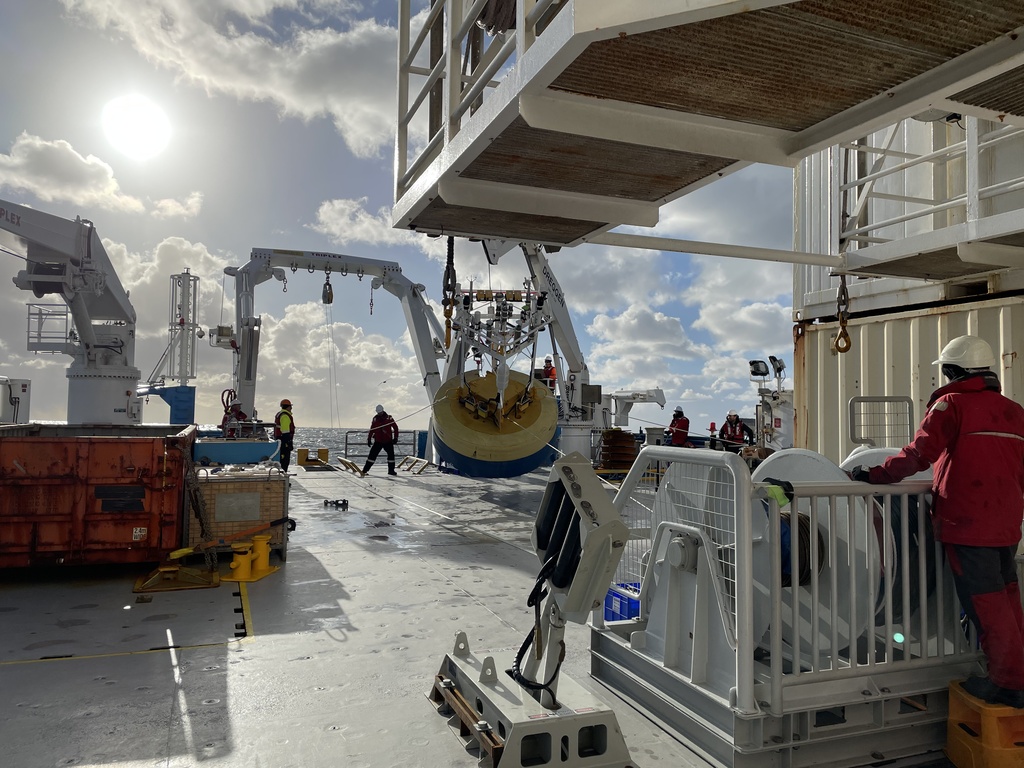The science team and crew worked through challenging conditions to maintain this vital infrastructure for monitoring our surrounding ocean and climate.
The moorings were deployed into a harsh, remote location in the Southern Ocean, which is particularly vulnerable to extreme weather including very large waves, strong currents and severe storms, presenting significant technical and engineering challenges.
The two moorings, referred to as the Southern Ocean Flux Station (SOFS) and Sub-Antarctic Zone sediment trap (SAZ) moorings were successfully recovered and replaced by new SOFS and SAZ moorings which will be retrieved next May in 2022.
To protect and manage our oceans, we need to understand them and their interaction with the atmosphere which occur over scales ranging from day-night cycles to basin wide oscillations over decades. With impacts from climate change increasing, understanding these interactions has never been more important than it is now.
Monitoring changes to the physics, chemistry and biology of the ocean requires sustained collection of data over long time periods.
The moorings were deployed at 47˚ south, a location where ocean-atmosphere interactions are at their extreme. At this location, the formation of Subantarctic Mode water carries atmospheric carbon dioxide and heat into the deep ocean, a process which also supplies oxygen for deep ocean ecosystems.
The SOTS mooring array is also part of Australia’s contribution to the international OceanSITES global network of time series observatories. It is one of the few comprehensive Southern Ocean sites globally.
IMOS has sustained the longest time series of Southern Ocean observations operated by any nation, contributing to the global effort to understand ocean dynamics and their role in climate and responses to anthropogenic emissions.
The moorings are operated through a partnership between IMOS, CSIRO Marine National Facility, CSIRO, Bureau of Meteorology, and the Australian Antarctic Program Partnership (AAPP).
